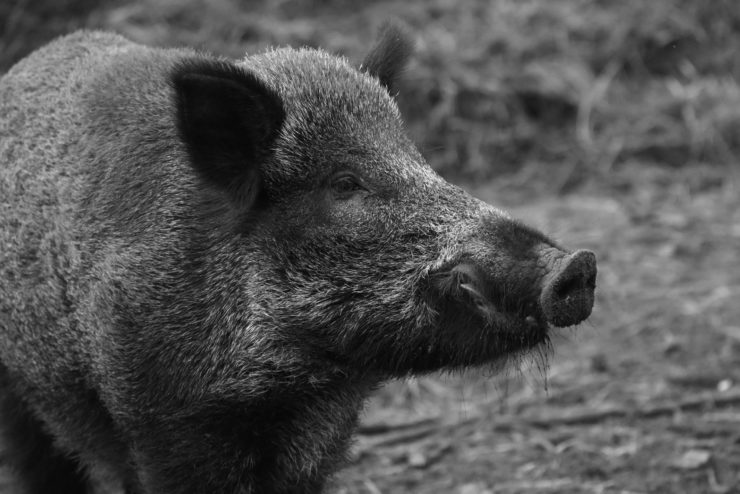Drones Used to Trap Wild Pigs in Oklahoma

One of the main problems that farmers in Oklahoma have been facing for many years is a $2 billion problem caused by wild pigs. Luckily, they have discovered a way to stop this from happening with the use of drones. Members of the Choctaw Nation in central Oklahoma are using drones as part of an experiment launched by the FAA in May that will also use drones to spray insecticides in Florida and medical supplies in Nevada. This is part of the rapidly growing drone industry that has the potential to transform deliveries, construction, farming, as well as providing help during times of disaster.
According to James Grimsley, the CEO and president of drone company DII, which is in collaboration with Choctaw nation, “We are just scratching the surface when it comes to the many ways drones can be used to improve the general quality of life”. In Oklahoma, the drones were used to drop some dried corn to lure wild pigs into set traps to prevent them from destroying crops or polluting water sources. Using drones to drop the corn reduces the amount of gas and time farmers need to refill all the traps by hand. Trapping the wild pigs more effectively helps reduce the massive amount of damage they cause to farmers annually.
According to Mike Komp, an agricultural drone expert, drones are an extension of modern smart farming technology that provides the next step towards automation and robotics. The FAA is also running a drone test program in many sites across the US. In Nevada, a drone company called Flirtey is testing ways to deliver defibrillators in case someone has a heart attack. In Florida, a mosquito control district is using drones to scan for baby mosquitoes in various areas and to spray insecticide. In Alaska, drones are used to inspect oil pipelines.
While all these are steps in the right direction, there is still the concern that drones can pose a risk to nearby buildings and piloted aircraft if not operated safely. Choctaw Nation is working with Intel to come up with a system that helps drones avoid collisions. It is estimated that drone based companies will be worth $82 billion in the next 10 years, which is why the FAA is examining all practical applications for drone use while at the same time addressing the various dangers posed by widespread drone flights.
|